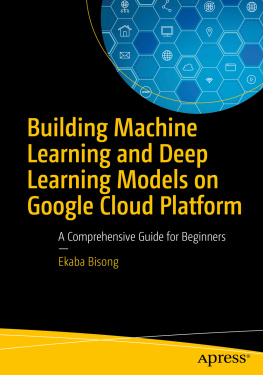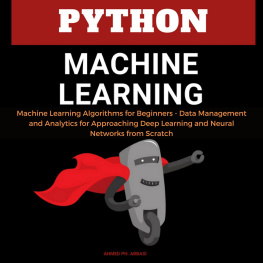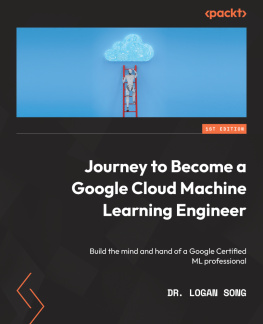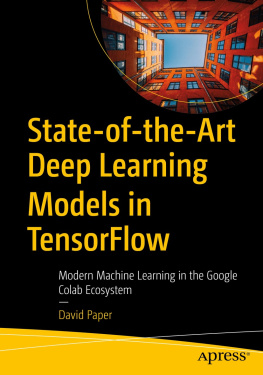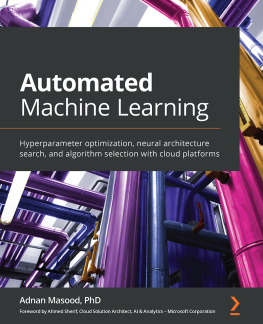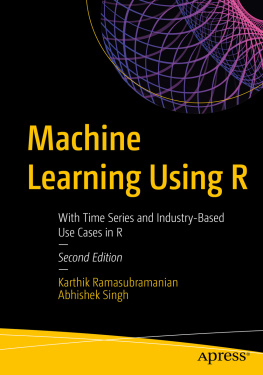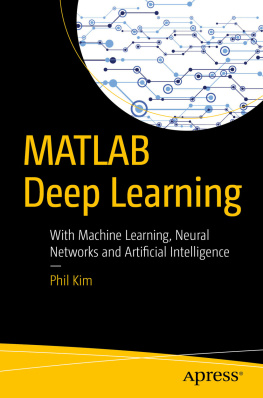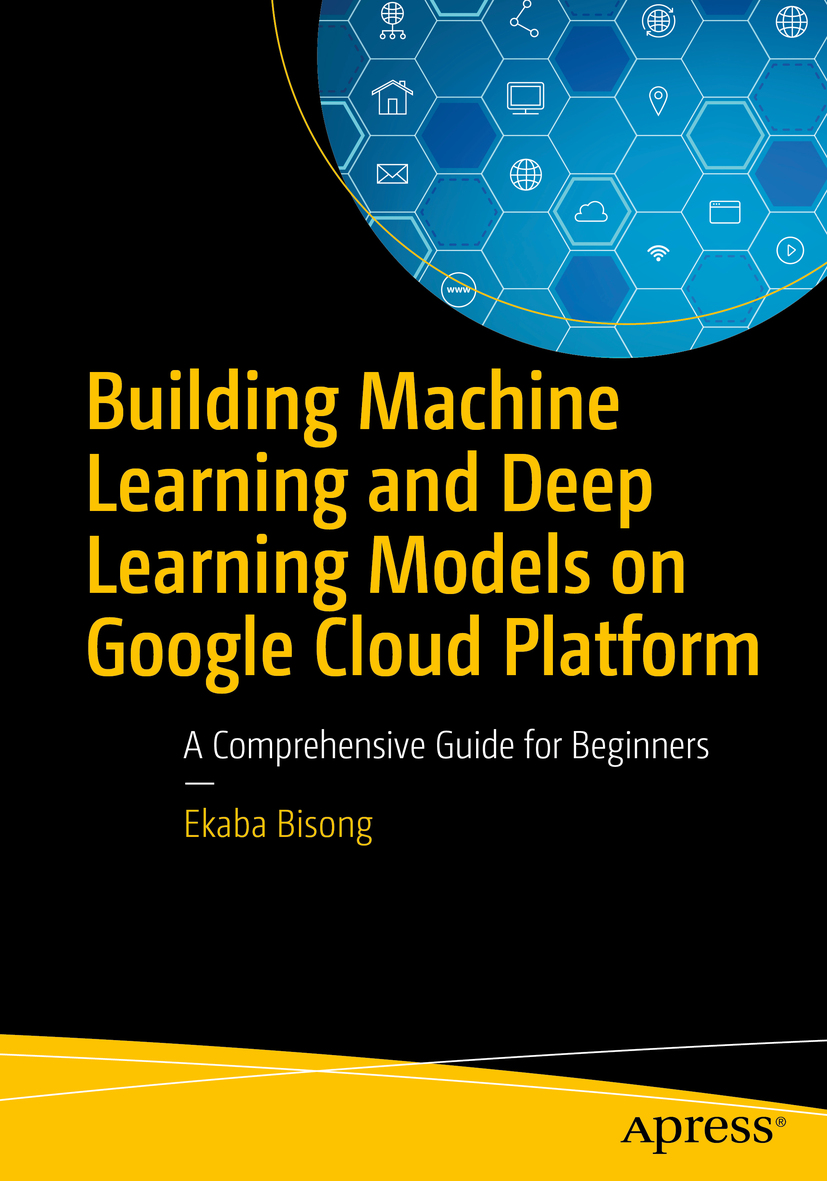Ekaba Bisong - Building Machine Learning and Deep Learning Models on Google Cloud Platform: A Comprehensive Guide for Beginners
Here you can read online Ekaba Bisong - Building Machine Learning and Deep Learning Models on Google Cloud Platform: A Comprehensive Guide for Beginners full text of the book (entire story) in english for free. Download pdf and epub, get meaning, cover and reviews about this ebook. year: 2019, publisher: Apress, genre: Home and family. Description of the work, (preface) as well as reviews are available. Best literature library LitArk.com created for fans of good reading and offers a wide selection of genres:
Romance novel
Science fiction
Adventure
Detective
Science
History
Home and family
Prose
Art
Politics
Computer
Non-fiction
Religion
Business
Children
Humor
Choose a favorite category and find really read worthwhile books. Enjoy immersion in the world of imagination, feel the emotions of the characters or learn something new for yourself, make an fascinating discovery.
- Book:Building Machine Learning and Deep Learning Models on Google Cloud Platform: A Comprehensive Guide for Beginners
- Author:
- Publisher:Apress
- Genre:
- Year:2019
- Rating:4 / 5
- Favourites:Add to favourites
- Your mark:
Building Machine Learning and Deep Learning Models on Google Cloud Platform: A Comprehensive Guide for Beginners: summary, description and annotation
We offer to read an annotation, description, summary or preface (depends on what the author of the book "Building Machine Learning and Deep Learning Models on Google Cloud Platform: A Comprehensive Guide for Beginners" wrote himself). If you haven't found the necessary information about the book — write in the comments, we will try to find it.
Take a systematic approach to understanding the fundamentals of machine learning and deep learning from the ground up and how they are applied in practice. You will use this comprehensive guide for building and deploying learning models to address complex use cases while leveraging the computational resources of Google Cloud Platform.
Author Ekaba Bisong shows you how machine learning tools and techniques are used to predict or classify events based on a set of interactions between variables known as features or attributes in a particular dataset. He teaches you how deep learning extends the machine learning algorithm of neural networks to learn complex tasks that are difficult for computers to perform, such as recognizing faces and understanding languages. And you will know how to leverage cloud computing to accelerate data science and machine learning deployments.
Building Machine Learning and Deep Learning Models on Google Cloud Platform is divided into eight parts that cover the fundamentals of machine learning and deep learning, the concept of data science and cloud services, programming for data science using the Python stack, Google Cloud Platform (GCP) infrastructure and products, advanced analytics on GCP, and deploying end-to-end machine learning solution pipelines on GCP.
What Youll Learn
- Understand the principles and fundamentals of machine learning and deep learning, the algorithms, how to use them, when to use them, and how to interpret your results
- Know the programming concepts relevant to machine and deep learning design and development using the Python stack
- Build and interpret machine and deep learning models
- Use Google Cloud Platform tools and services to develop and deploy large-scale machine learning and deep learning products
- Be aware of the different facets and design choices to consider when modeling a learning problem
- Productionalize machine learning models into software products
Who This Book Is For
Beginners to the practice of data science and applied machine learning, data scientists at all levels, machine learning engineers, Google Cloud Platform data engineers/architects, and software developers
Ekaba Bisong: author's other books
Who wrote Building Machine Learning and Deep Learning Models on Google Cloud Platform: A Comprehensive Guide for Beginners? Find out the surname, the name of the author of the book and a list of all author's works by series.

